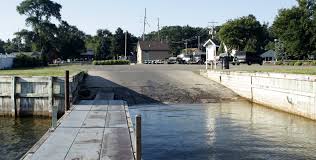Spring’s Here And the Annual Trek Of Getting Boats in the Water Has Begun
But Before you Rush In…..
Remember….Start Early.
Your preparations should start a couple days before you want to sail. You have made it through the winter months, but before you head to the water, prepare a few days in advance. Check by charging your boat’s batteries, idling the motor up to temperature, tightening hose clamps, checking for leaks, and changing the motor oil, oil filter, separators, and transmission fluids.
Pay Attention to your engine maintenance. Now is a good time to change those raw-water cooling impellers in the motor, drives and generators. Manufacturers typically recommend changing the impellers once every two to three years no matter the time in use. Rubber impellers deteriorate over time, regardless of their hours of operation and can dry, break or become weak, leading to pumping the improper amount of cooling water to the engine, which can cause a major meltdown.
Fuel may be great for cars, but when it sits in your boat over the winter it can dissipate, gel, and cause damage to fuel tanks, rubber lines and fuel systems. Top off your fuel tank with a good grade of fuel and use a high-quality fuel additive offered at your local marine parts distributor.
Take your time when launching your boat. Prepare a checklist for what you need to do to keep your boat and crew safe before you launch. Check your vessel for all safety gear, including current fire extinguishers, install your drain plug, remove your trailer safety straps, run the bilge blower and inspect for leaks before you pull off of the trailer.